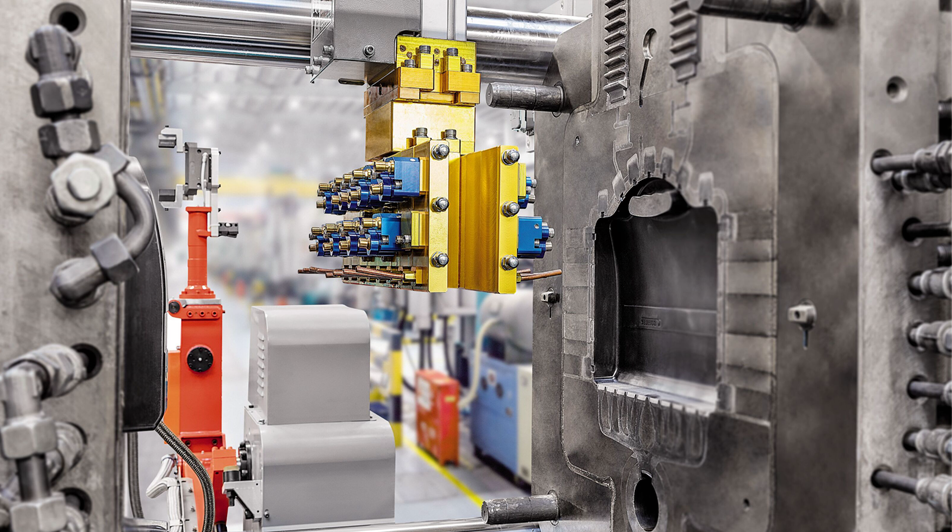In the world of manufacturing, machining large parts can present significant challenges. These parts often require specialized equipment and techniques to produce them with the required level of precision and efficiency. In this article, we will explore some best practices for machining large parts and ensuring that they meet the necessary specifications.
1. Use the Right Equipment
One of the most critical aspects of machining large parts is the use of the right equipment. This equipment must be capable of handling the size and weight of the parts being machined. Additionally, it must be able to perform the necessary operations with a high degree of accuracy and consistency.
For example, large parts may require specialized milling machines or lathes that can handle the size and weight of the material being machined. These machines may also require advanced software and control systems to ensure precise movement and positioning.
2. Plan Ahead
Machining large parts is a complex process that requires careful planning and preparation. Before starting any machining operations, it is essential to have a clear understanding of the specifications and requirements for the part. This includes the tolerances, surface finish, and other critical factors that will impact the final product.
Planning ahead also involves considering the logistics of moving and handling the large parts. This may involve specialized equipment, such as cranes or forklifts, to move the parts safely and efficiently.
3. Optimize Tool Selection and Cutting Parameters
To achieve precision and efficiency in machining large parts, it is crucial to optimize the tool selection and cutting parameters. This involves selecting the right cutting tools for the specific material being machined and ensuring that the cutting parameters, such as speed, feed rate, and depth of cut, are set correctly.
Optimizing the tool selection and cutting parameters can help to reduce machining time, improve surface finish, and extend the life of the cutting tools.
4. Monitor and Control the Process
Machining large parts requires constant monitoring and control to ensure that the process remains within the specified parameters. This involves using advanced software and control systems to monitor the machining operations in real-time and make adjustments as necessary.
For example, if the cutting tool begins to wear out or break, the control system can automatically adjust the cutting parameters to compensate for the change. This can help to ensure that the machining process remains stable and consistent, resulting in a high-quality finished product.

5. Perform Post-Machining Inspection
After machining is complete, it is essential to perform a thorough inspection of the finished part. This involves measuring the critical dimensions and tolerances to ensure that they meet the required specifications.
Post-machining inspection may involve using advanced metrology equipment, such as coordinate measuring machines (CMMs) or optical scanners, to perform precise measurements and generate detailed inspection reports.
Conclusion
Machining large parts is a complex process that requires careful planning, specialized equipment, and advanced techniques. However, by following best practices such as using the right equipment, planning ahead, optimizing tool selection and cutting parameters, monitoring and controlling the process, and performing post-machining inspection, it is possible to achieve precision and efficiency in manufacturing large parts. By doing so, manufacturers can produce high-quality products that meet the needs of their customers and remain competitive in the market.
-

- Magensium mountain bike frame
-

- CNC koneistetut osat ja komponentit
-

- CNC machining auto dashboard bracket
-

- Magnesium-alumiiniseoksesta valmistettu lasten pyörä 3-8 vuotta vanha halvalla kuumalla 14 tuuman lasten pyörä FOREVER tukkumyynti 2022
-

- Erittäin tarkkoja magnesiumtiksomuovauskomponentteja kannettavan tietokoneen kotelon kansi A
-

- OEM Die casting manufacturer produce magnesium alloy wheel for kids push bike

 0086-750-5616188
0086-750-5616188 +86 13392089688
+86 13392089688 sales@zhongmei-tech.com
sales@zhongmei-tech.com







